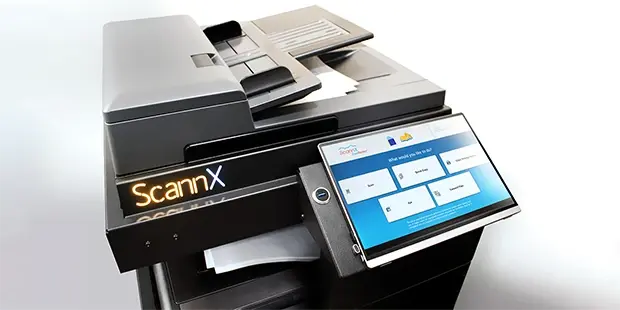In this age of ever-advancing technology, people are becoming more and more dependent on online resources as a means of learning – something once achieved predominately through books. But despite this evolution, a library reference desk is still a valuable source of information.
The reference desk in 2014 has added library technology and other valuable resources to meet the needs of library patrons. These services aren’t exclusive to the obvious concept of digital books, as they also include technologies such as:
- Mobile library services
- Flipped learning
- Co-learning
- Virtual reference skills
- Remote desktops
- YouTube archives
- Google hangouts
- Widgets
In addition, some library helpdesks offer one-on-one instruction and opt-in concierge services. All of these additional resources and technologies help to structure the new digital library.
Library management isn’t adding these capabilities without strategy, either. People are embracing the idea of an evolving library because the developing resources provide their community with the services they want and need.
Pew Internet, a project of the Pew Research Center, issued a report based on its findings of Americans’ preferences with modern libraries. Pew uncovered several statistics detailing the most important services that Americans (ages 16 and older) desired:
1. Apps-Based Access
35% of Americans were “very likely” to use application-based services to access library materials and programs. Another 28% said they would be “somewhat likely” to use them.
2. Technology Access – E-Reading And More
35% of Americans would “very likely” use this type of service. Another 34% said they would be “somewhat likely” to do so.
3. GPS Navigation Apps
34% of Americans would “very likely” use a service that allows users to navigate material inside library buildings. 28% said they would be “somewhat likely” to use such an application.
4. The “Redbox” Of Libraries
33% of Americans would “very likely” use lending machines located throughout the community that allow people to check out books, movies or music without having to go to the library. Another 30% reported that they are “somewhat likely” to use this service.
5. Personalized Recommendations
29% of Americans would “very likely” use a service that recommends new books, videos and audio based on a patron’s prior library behavior.
An additional 35% said they are “somewhat likely” to do so.
In addition to Pew Internet’s statistics regarding the types of new library technology that Americans are likely to use, the research organization also disclosed stats related to how libraries are becoming information hubs.
They asked Americans how they used the Internet at libraries:
6. 66% did research for school or work.
7. 63% browsed the Internet for fun.
8. 54% used email.
9. 47% researched health information.
10. 41% visited government websites or got information about municipal services.
11. 36% looked or applied for jobs.
12. 35% visited social networking sites.
13. 26% downloaded or watched online videos.
14. 16% bought online products.
15. 16% paid bills or did online banking.
16. 16% took an online class.
An interesting statistic regarding the previous 11:
17. 36% of users said they received help from the reference desk of library staff to use a computer or the Internet at the library.
And one final ScannX statistic:
17.5. 100% of libraries need to evolve to maintain societal relevance.




